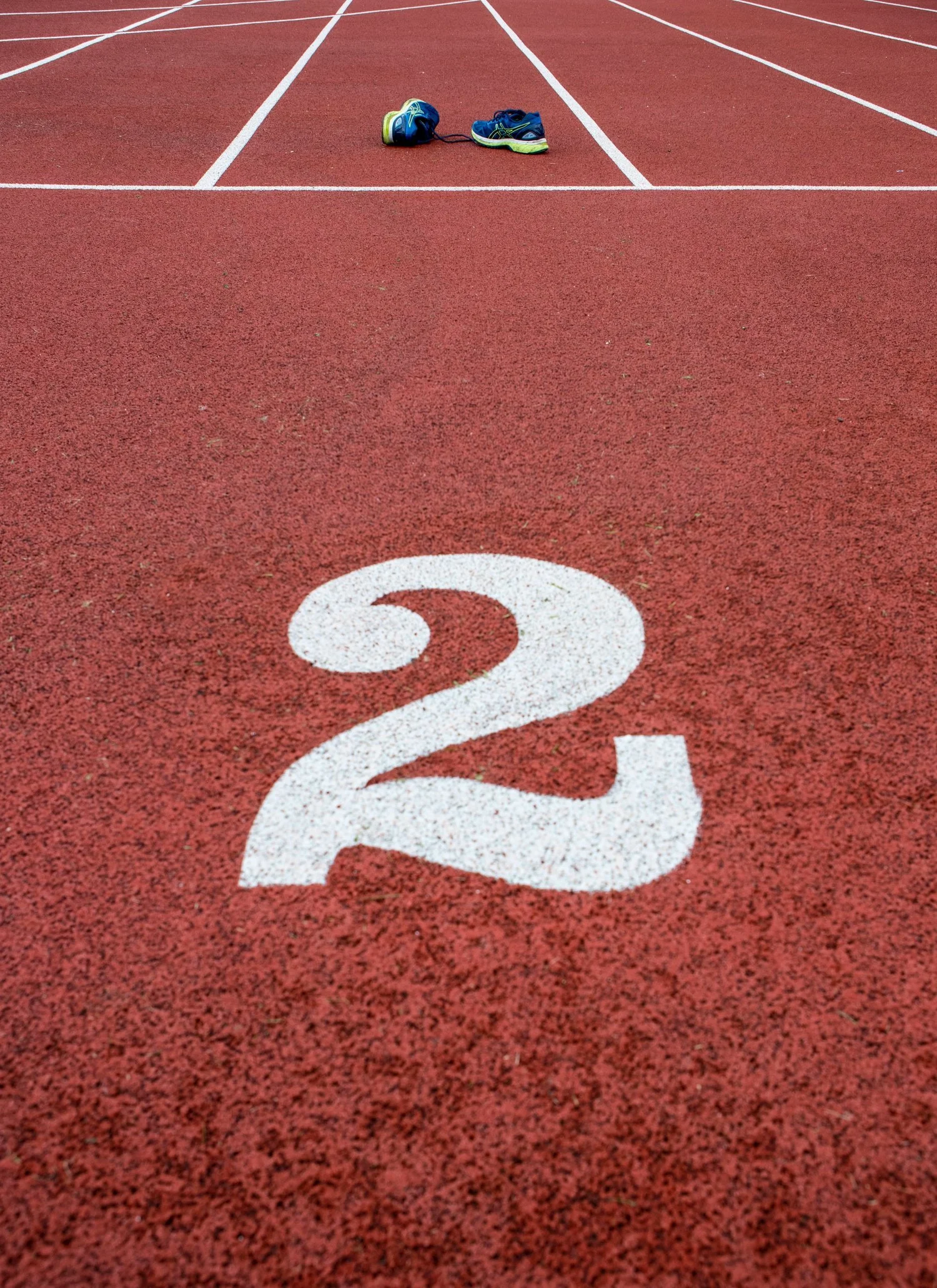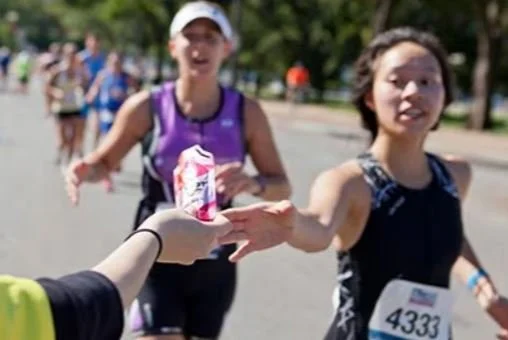The Process of Carb-Loading Before a Race - Collab w/Nutritionist Desirée Houle
Last Update November 19, 2025, by Etienne Durocher
Featuring insights from Certified Sports Nutritionist Desirée Houle (PNLVL1)
Why Carb-Loading Matters More Than You Think
Every endurance runner has faced that dreaded moment when the legs stop responding, energy crashes, and the finish line feels miles further than it should. That is “the wall.” Studies published in the Journal of Applied Physiology show that glycogen depletion, the complete emptying of your muscle’s stored carbohydrates, is the number one cause of this mid-race collapse, responsible for over 40% of performance drop-offs in marathons and ultramarathons.
No amount of grit can save you when your muscles run out of glycogen. The only real prevention is to fuel them fully before the race begins. That is the science and the art of carb-loading.
What Is Carb-Loading?
Carbohydrate loading, or carb-loading, is a nutrition strategy designed to maximize glycogen stores in your muscles before a long-distance event. Glycogen is your body’s premium fuel for endurance efforts. Think of it as filling your car’s gas tank before a road trip. If you start half empty, you will stall before you reach the finish line.
For events lasting more than 90 minutes, such as a half marathon, marathon, or ultramarathon, carb-loading can significantly extend endurance and delay fatigue. It is not about eating more food overall, but about shifting your macronutrient balance toward carbohydrates so your body has what it needs when the miles get hard.
Classic vs. Modern Carb-Loading Methods
The Old Approach
In the 1970s, runners followed a week-long “classic” carb-loading plan. It involved a period of glycogen depletion with several days of low-carb eating and hard training, followed by three days of high-carb intake. While it sometimes led to “supercompensation” or extra glycogen storage, it also caused fatigue, irritability, and digestive stress just days before race day.
The Modern, Efficient Way
Today, sports science supports a far more efficient and practical approach. Research shows you can achieve full glycogen replenishment in 36 to 48 hours by eating 70 to 75% of your total calories from carbohydrates while tapering your training.
For most marathoners, this short, focused window delivers the same benefit without the mental and physical toll of the old system. Ultramarathoners and Ironman athletes may extend the carb-loading phase to three or four days, but a full week is rarely needed.
The Right Carb-Loading Window
The best time to start carb-loading is 36 to 48 hours before race day. For a Sunday marathon, begin Friday morning.
During this window, your nutritional breakdown should look like this:
70 to 75% carbohydrates
15 to 20% protein
10 to 15% fat
Hydration is also key. Glycogen binds with water inside your muscles, so under-fueling fluids limits the benefits of carb-loading. Aim for 500 to 700 ml of water or electrolyte drink every few hours.
Practical Carb-Loading Foods
Carb-loading does not mean stuffing yourself with junk food or overeating. It is about eating the right carbohydrates, easily digestible, low in fiber, and familiar to your stomach.
Best Carb Sources
Rice, pasta, potatoes
White bread, bagels, low-fiber cereals
Bananas, applesauce, ripe fruits
Low-fat yogurt
Sports drinks and fruit juices
Foods to Avoid
High-fiber foods like beans, broccoli, and cabbage, which can cause GI distress
Fried or greasy foods, which slow digestion
New or unfamiliar foods, since you should never experiment before race day
Expert Insight: How Much Is Enough?
Certified Sports Nutritionist Desirée Houle (PNLVL1) explains that carb-loading quantities often surprise runners:
“You might be wondering what 10 to 12 g/kg of carbohydrates actually looks like. If you are a 70 kg runner, that is between 700 and 840 grams of carbs per day. It sounds like a lot, but that is what is needed to truly fill your glycogen stores.”
She offers this example of what 700 g of carbs might look like in one day:
2 cups cooked rice = 100 g
2 white bagels = 110 g
2 muffins = 120 g
1 large bowl of oatmeal = 50 g
2 cups cooked pasta = 90 g
2 slices of bread = 25 g
Sports drink and gels during the day = 100 to 150 g
2 cups fruit juice = 60 g
That adds up to roughly 700 to 800 g depending on portions and timing, an achievable amount when spread across meals and snacks.
Example Carb-Loading Day for Marathon Runners
Breakfast: White bagel with jam, banana, and a small yogurt
Lunch: Rice with grilled chicken and applesauce
Snack: Sports drink and granola bar
Dinner: Pasta with light tomato sauce and white bread
Evening snack: Pretzels with electrolyte drink
This approach balances comfort and energy without bloating or stomach discomfort.
Related Blog about Race and Nutrition
Desirée’s Top 3 Tips for a Successful Carb Load
1. Don’t be afraid to eat out of your comfort zone.
As runners, we often stick to clean foods, but this is the time to reach for easily digestible options like Pop-Tarts, muffins, or fruit juices. They can be surprisingly effective when used intentionally.
2. Listen to your body.
Every runner has different needs. What works for a professional may not work for you. Adjust portions and timing to suit your energy levels and digestion.
3. Practice makes progress.
Carb-loading should be tested in training. Try similar eating patterns before long runs to learn what works best for your system. Treat these as rehearsals for race weekend.
Her balanced perspective reminds runners that carb-loading is both a science and a skill, something you refine with each race cycle.
Common Carb-Loading Mistakes to Avoid
Overeating. Carb-loading is about replacing calories, not doubling them. Too much food leads to sluggishness.
Starting too early. A full week of heavy carbs causes weight gain and digestive strain.
Neglecting hydration. Glycogen cannot store properly without water.
Skipping the taper. Carb-loading only works when paired with reduced training volume.
How Carb-Loading Boosts Race Day Performance
Scientific studies show that proper carb-loading can:
Increase endurance by 20 to 30%
Delay “the wall” by about 30 minutes
Improve marathon times by up to 3%, which equals 6 to 8 minutes for many runners
These numbers are the measurable difference between running out of gas and finishing strong.
Final Thoughts from Philotimo Running Coach and Desiree, keep it simple!
Carb-loading is a proven, science-based strategy that every endurance athlete should understand. When you fuel your body right, your training truly pays off.
Keep it simple. Choose easy-to-digest carbs, hydrate well, and sync your fueling with your taper. Your race-day energy will reflect your preparation.
For more insights on optimizing your recovery after the race, explore our blog on Recovery Techniques Post-Marathon.
If you are training for a half marathon, marathon, or ultramarathon and want to reach your full potential, contact Philotimo Running Coach today for a personalized training plan that aligns with your schedule, fitness goals, and race ambitions. Together, we will create a strategy that keeps you strong, consistent, and ready for race day.
Special Thanks
Special thanks to Desirée Houle, Certified Sports and Lifestyle Nutritionist (PNLVL1), for contributing her expertise to this article. Desirée is an endurance athlete specializing in sports nutrition for runners and endurance performers, helping athletes achieve peak performance through practical, individualized fueling strategies.
Connect with her on Instagram at @cardsandcarbs_ or visit her website at www.cardsandcarbs.biz.
Philotimo Running Coach
Helping busy professionals and dedicated runners train smarter, recover better, and perform stronger on and off the course.



